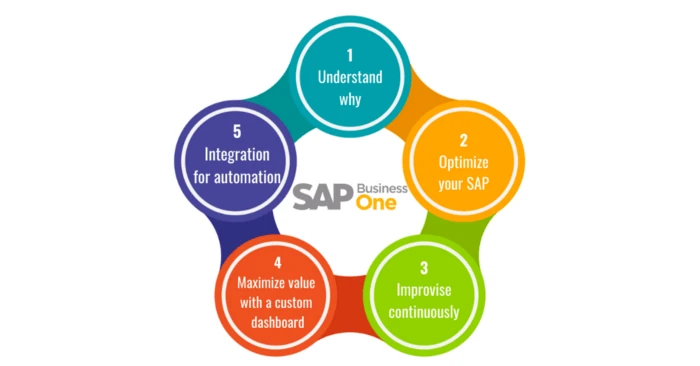What is pricing used for in SAP?
Demystifying Pricing Conditions in SAP: A Comprehensive Overview
In the world of enterprise resource planning (ERP) systems, SAP (Systems, Applications, and Products) has carved out a formidable reputation for itself. One of the critical functionalities within SAP is its price conditions feature. But what exactly are pricing conditions in SAP, and why are they so crucial for businesses? Let’s dive into the intricacies of this essential component.
Understanding Pricing Conditions: The Basics
In SAP, cost conditions refer to the parameters and rules that determine the final price of a product or service. These conditions play a pivotal role in ensuring accurate and consistent price across various business processes. Whether it’s sales, procurement, or billing, price conditions help organizations maintain transparency and uniformity in their financial transactions.
Components of Pricing Conditions
Pricing conditions in SAP consist of several key components:Condition Type: Each costing condition is identified by a unique condition type. For example, “PR00” might represent the base price of a product, while “MWST” could denote the tax rate.
Condition Record: A condition record specifies the details of a specific condition, such as its value, validity period, and other relevant parameters. These records are maintained in condition tables and are crucial for accurate price calculations.
Access Sequence: An access sequence determines the order in which condition records are accessed during cost. This sequence ensures that the system retrieves the most relevant condition record based on predefined criteria.
Condition Table: Condition tables serve as a repository for condition records. Each table consists of fields that help define the conditions, such as customer group, material, or sales organization.
Condition Technique: The condition technique involves defining how SAP should use condition types, access sequences, and condition tables to determine the final price. It’s a rule-based approach that provides flexibility in adapting cost strategies to business requirements.
Read More About SAP business One Erp Click Here>>
Importance of Pricing Conditions
Accurate cost is a cornerstone of successful business operations. Pricing conditions in SAP offer several advantages:
Consistency: By using predefined condition types and rules, cost remains consistent across various processes and transactions. This consistency helps prevent errors and ensures a seamless experience for customers and partners.
Flexibility: SAP allows businesses to configure pricing conditions based on a variety of factors, such as customer segments, geographic regions, or order quantities. This flexibility enables organizations to implement complex pricing strategies tailored to their specific needs.
Transparency: Pricing conditions provide transparency in price calculations, enabling businesses to explain and justify their pricing structures to customers, partners, and regulatory authorities
Efficiency: With automated cost calculations, businesses can streamline their processes and reduce manual intervention. This efficiency translates to faster response times and improved customer satisfaction.
Conclusion
In the intricate landscape of SAP, pricing conditions stand as a fundamental pillar that upholds accurate, consistent, and transparent price practices. These conditions bring together various elements, including condition types, records, tables, and techniques, to ensure that businesses can implement and adapt pricing strategies effectively. As organizations continue to navigate the complexities of modern commerce, mastering pricing conditions in SAP remains an indispensable skill for sustainable growth and success.




